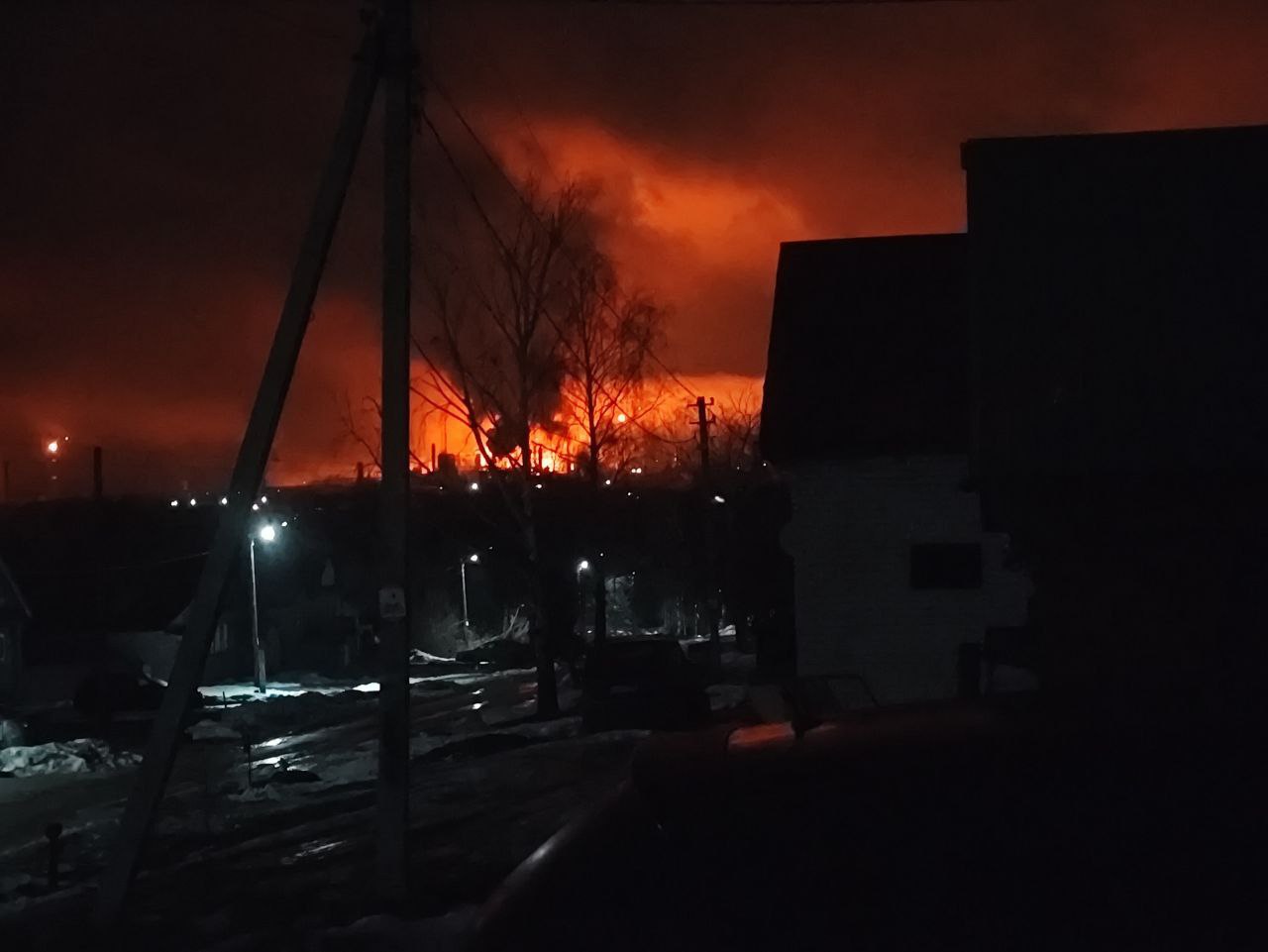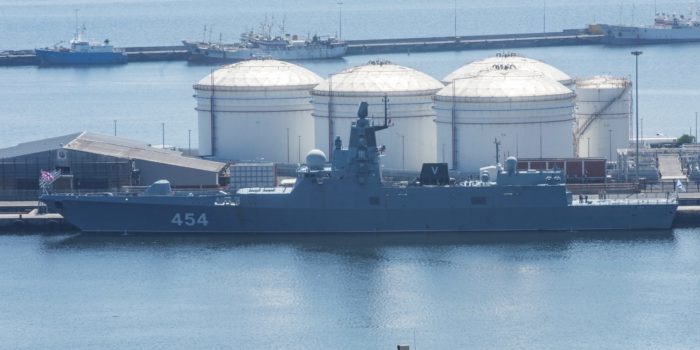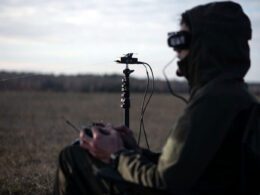On 29 January, Ukraine’s Defense Forces struck the Nizhny Novgorod Oil Refinery in Kstovo, located over 800 km from the front line, says David Axe, military journalist, according to Forbes.
Reports said Ukrainian drones struck the Lukoil oil refinery plant, while locals heard three blasts. The attack comes just days after the Ryazan oil refinery, Russia’s third-largest, was forced to suspend operations after being hit by Ukrainian drones. According to defense experts, Ukraine’s long-range drone strikes deep in Russian territory have emerged as an effective strategy that forces Russia to divert resources to protect its critical infrastructure.
The attack triggered a massive fire that burned through the night. Russian media are in panic over this strike and Ukraine’s broader campaign targeting around 30 major Russian refineries, which are critical to the aggressor state's economy.
While Ukraine has been attacking
Russian oil infrastructure for nearly two years, the past month has seen a significant escalation. The Kstovo refinery alone processes 13 million barrels of oil annually, accounting for 5% of Russia’s total refining capacity.
“Strikes on several other refineries this month may have depressed Russian petroleum product production by more than a tenth,” say Axe.
He notes that while damaged oil refineries can be repaired, Ukraine can always send more drones.
In recent years, Ukraine has developed a range of long-range strike drones capable of carrying explosives up to nearly 1,300 km. Some models can even reach over 1,600 km, making Russian critical infrastructure increasingly vulnerable to repeated attacks.
“Compared to the presumably multimillion-dollar cost of rebuilding a refinery, a drone—even a swarm of drones—is cheap. The Aeroprakt A-22 sport planes the Ukrainians transform into attack drones sell for around $130,000,” explains Axe.
Strikes on Russia’s oil industry are part of Ukraine’s broader strategy to cut off Moscow’s primary revenue source. By hitting critical energy infrastructure, Kyiv aims to strangle Russia’s war efforts by disrupting its financing, and it is determined to keep up the pressure.
Related:
- Politico: Ukraine hopes Putin’s behavior will turn Trump against Russia
- ISW: Russian economy shows distress signs despite Kremlin’s strong-year-for-economy claims
- Barbados and Panama to remove flags from 114 Russian shadow fleet tankers
- The Telegraph: If frozen Russian assets don’t go to Ukraine, Europe will face migration crisis and attack on the Baltics





